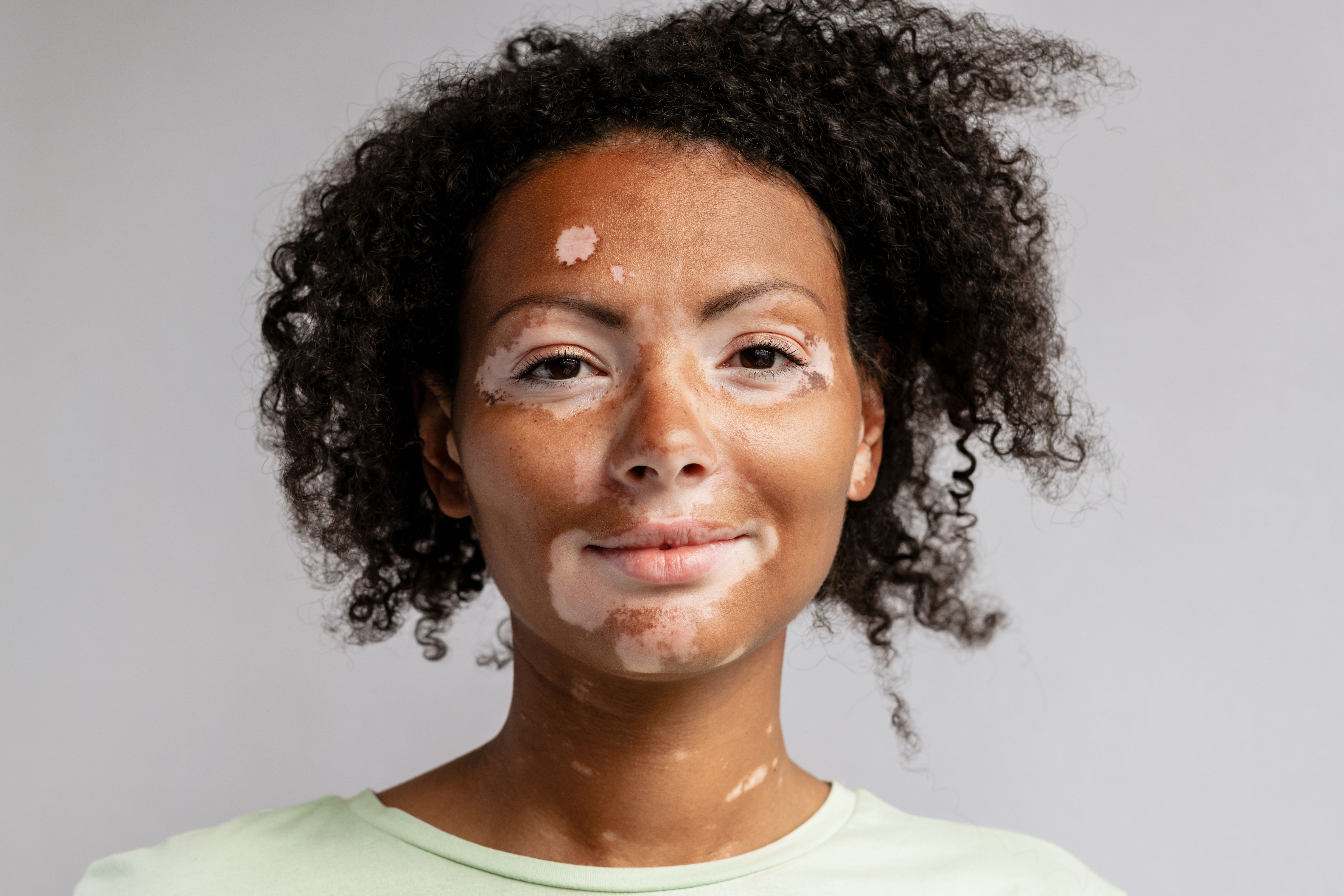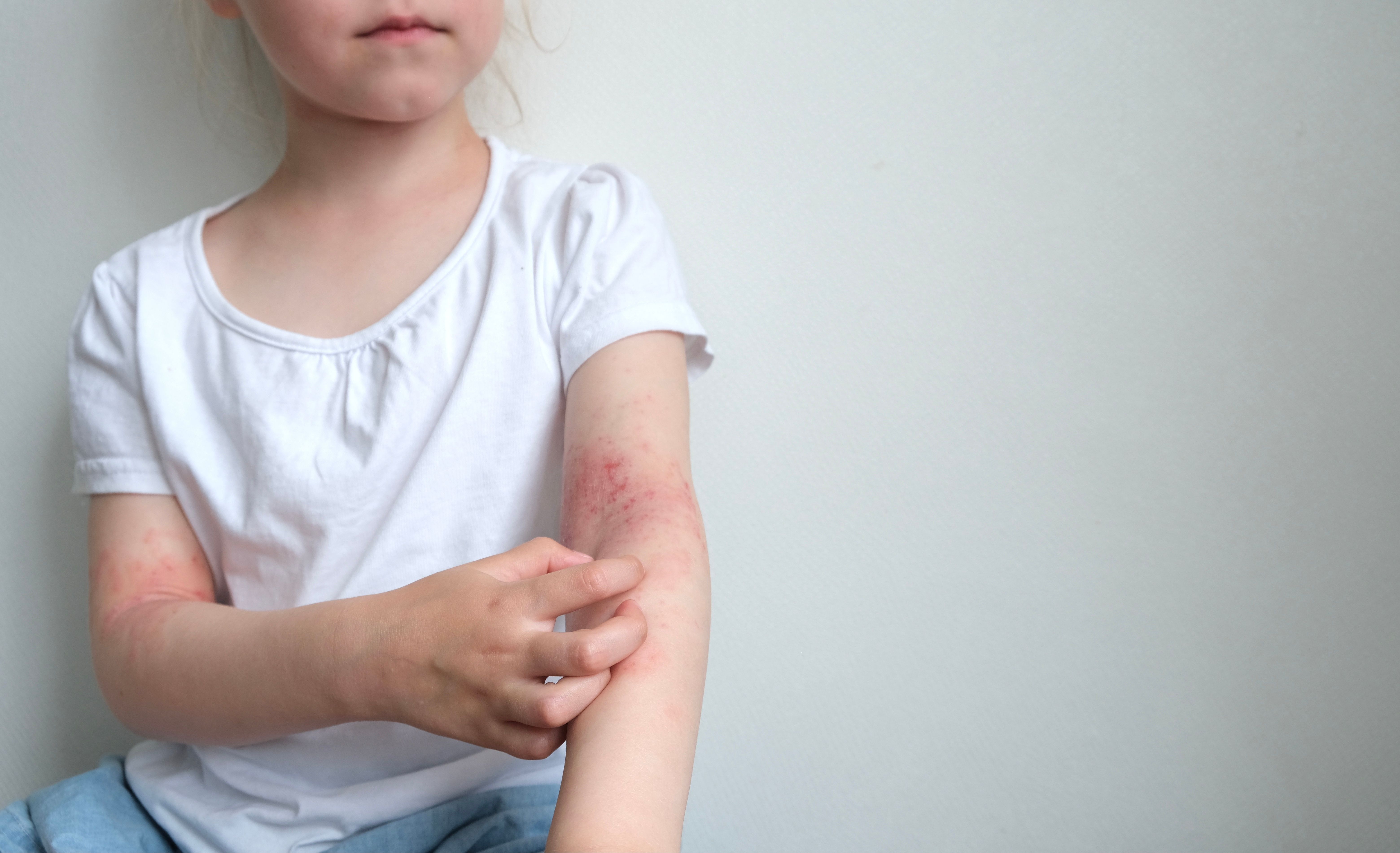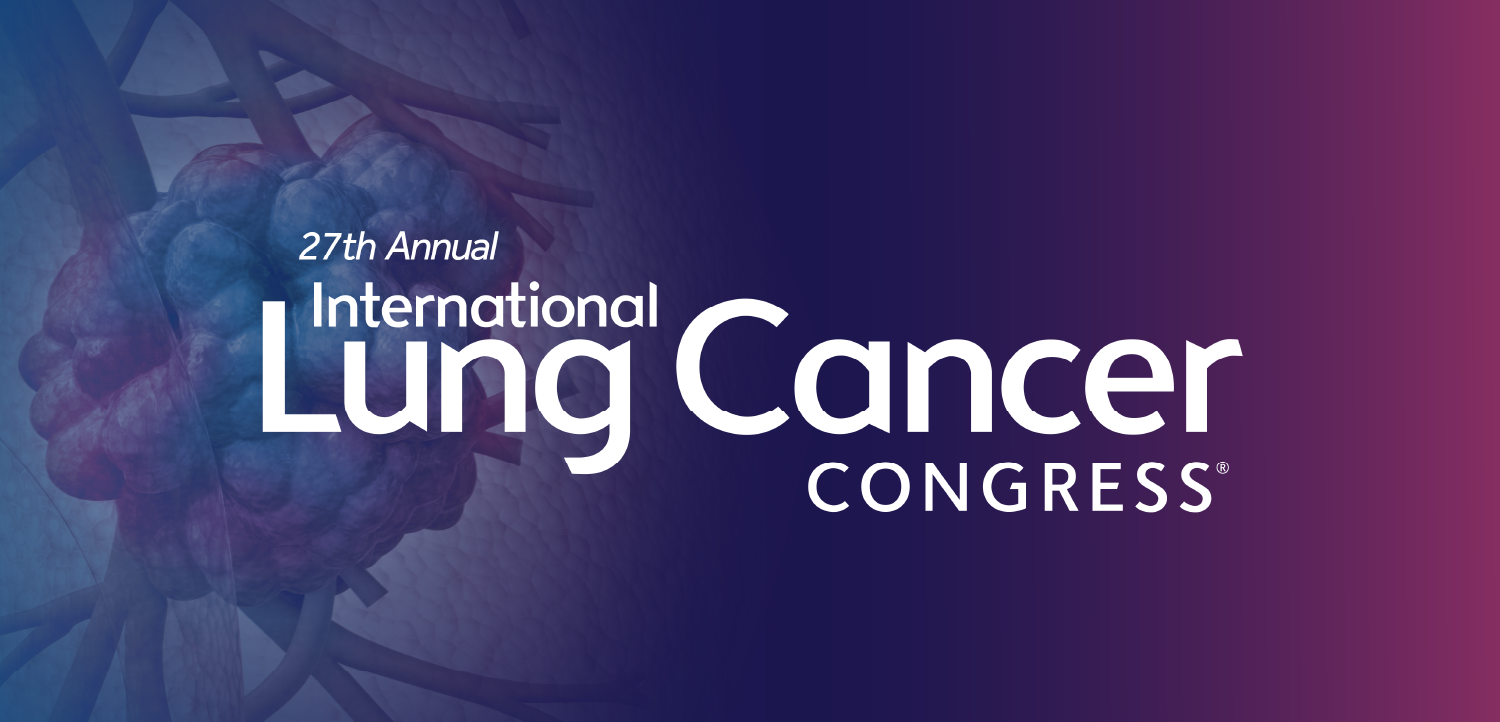
Dermatology
Latest News
Latest Videos
CME Content
More News
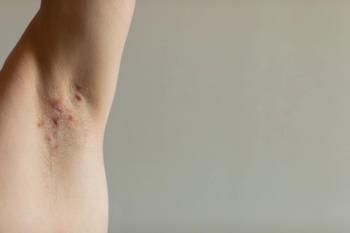
A recent study revealed that hidradenitis suppurativa affects 1% of the global population, highlighting significant gender disparities and the need for further research.

Discover groundbreaking research on hard-to-treat skin conditions like hidradenitis suppurativa and vitiligo at the EADV 2025 Congress in Paris.
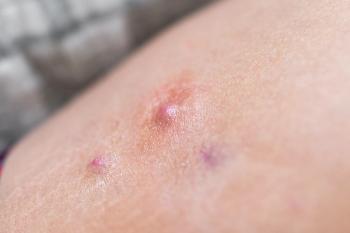
GLP-1 receptor agonists show promise in treating hidradenitis suppurativa, offering significant symptom relief and improved quality of life for patients.
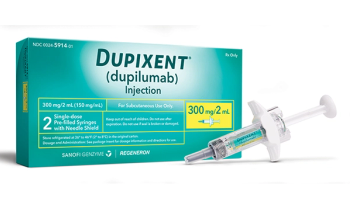
Dupixent shows potential as a treatment for atopic dermatitis, alopecia and vitiligo, targeting shared immune pathways for improved skin health.

Hidradenitis suppurativa patients face higher depression and anxiety risks, but biologic treatments may reduce these mental health challenges.

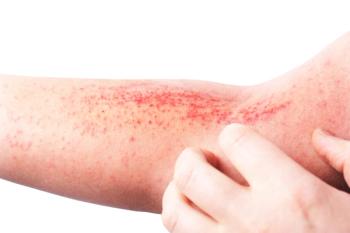
Frequent flares in atopic dermatitis predict future disease severity, highlighting the need for improved treatment strategies, as found in a new study published in JAMA Dermatology.
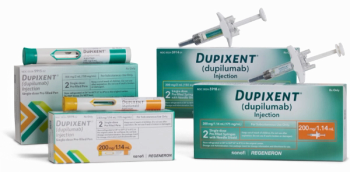
AD and psoriasis were once thought to be opposites in terms of immune response, with AD linked to a Th2-dominant pathway and psoriasis driven by Th17 inflammation. However, newer research has shown that these diseases can overlap in patients and may even share common pathways.

Climate change and air pollution are growing threats to public health, and new research suggests they may also worsen atopic dermatitis (AD), the most common chronic inflammatory skin condition, affecting up to 15% of people worldwide.

This approval marks the eighth disease indication for Dupixent as a new alternative for patients—many of whom are elderly and have limited treatment options.

In a national study of 55 million children and teens across the U.S., there were 1,240 confirmed cases of hidradenitis suppurativa (HS). Nearly all were aged 10 or older.
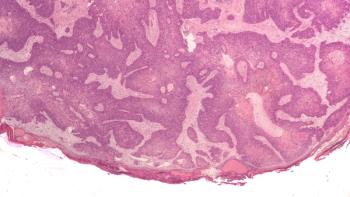
Cutaneous squamous cell carcinoma (cSCC) is the second most common form of skin cancer. While most cases are treatable, a small number can become serious and spread, leading to worse outcomes.
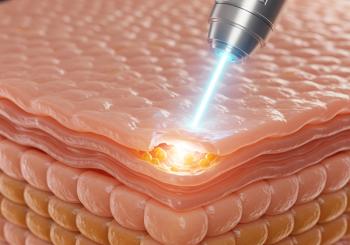
As researchers continue to explore more effective solutions, combining platelet-rich plasma (PRP) with fractional laser therapy has gained increasing attention.

New research published in the American Journal of Health-System Pharmacy suggests a possible link between the GLP-1 drug semaglutide and allodynia, a painful skin sensitivity.
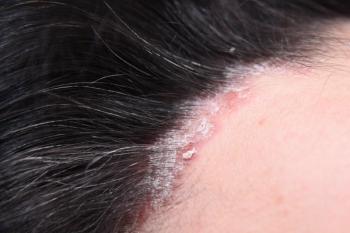
A new JAMA Dermatology study found that once-daily Zoryve (roflumilast) foam, 0.3%, safely and effectively reduced scalp and body plaque psoriasis symptoms in patients 12 and older, offering a convenient, and more tolerated treatment option that may boost adherence and quality of life.

A study found that while patients with atopic dermatitis often turn to social media for skincare advice, their decisions are most influenced by healthcare professionals, personal experience, and disease severity.

Treating hidradenitis suppurativa is complex and often requires taking a number of medications, including antibiotics, hormone therapies and immunosuppressants. However, many of these treatments are used off-label, and at this time, only two biologic therapies—Humira (adalimumab) and Cosentyx (secukinumab)— are approved by the FDA for HS treatment.

In a recent discussion with Managed Healthcare Executive, three leading dermatologists and itch experts—Shawn Kwatra, M.D., Brian Kim, M.D., and Gil Yosipovitch, M.D.—shared where the science is going, what’s holding it back and how the healthcare system can better support patients.
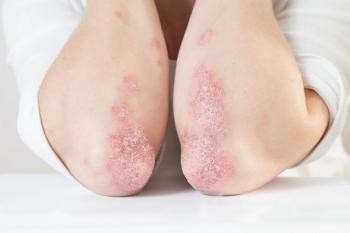

A Q&A between Shawn Kwatra, M.D., professor and chair of dermatology at the University of Maryland School of Medicine, and Managed Healthcare Executive about new discoveries in chronic itch, how treatment options are improving and the challenges patients face in getting access to the right therapies.

A new drug application for povorcitinib is expected to be filed in late 2025 to early 2026 to treat adult patients with moderate to severe hidradenitis suppurativa, a chronic and painful inflammatory skin condition.
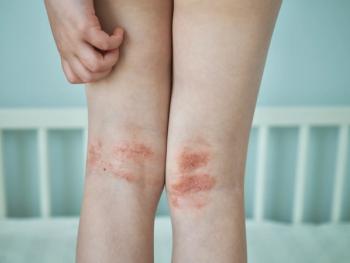
A break from treatment with Vtama won’t lead to worsening of patients’ atopic dermatitis, finds a new analysis of an open-label study.
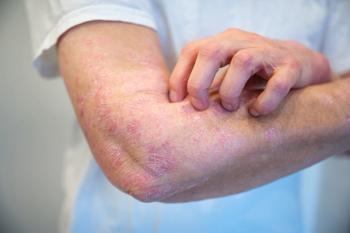
A protein called NF-kB c-Rel has been found to intensify the symptoms of psoriasis, offering a potential new target for treatments.
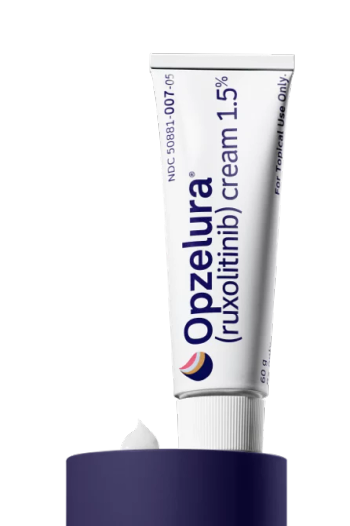
Opzelura is a treatment for nonsegmental vitiligo in patients 12 and older, making it the first and only cream in the U.S. that helps restore skin color for this condition. It’s also approved to treat mild to moderate atopic dermatitis in patients 12 and older who are not immunocompromised.
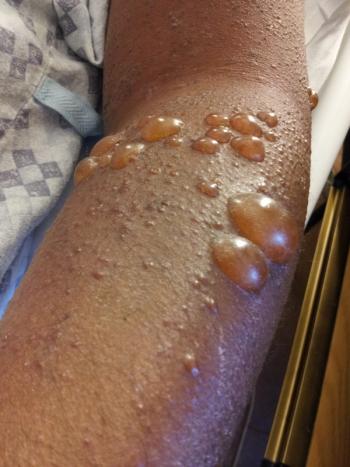
Pemphigus is a rare autoimmune disease that causes painful blisters on the skin and mucous membranes, including the mouth, nose, throat, eyes and genitals.



